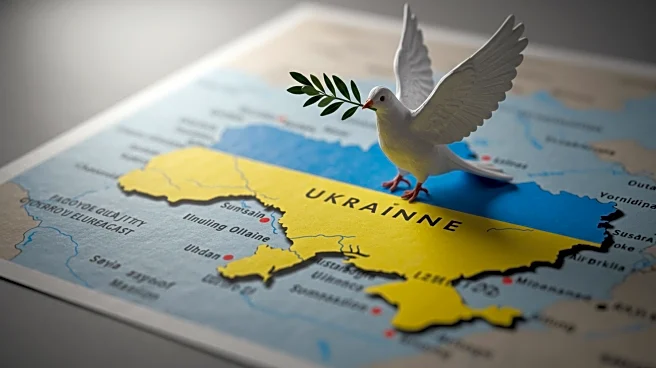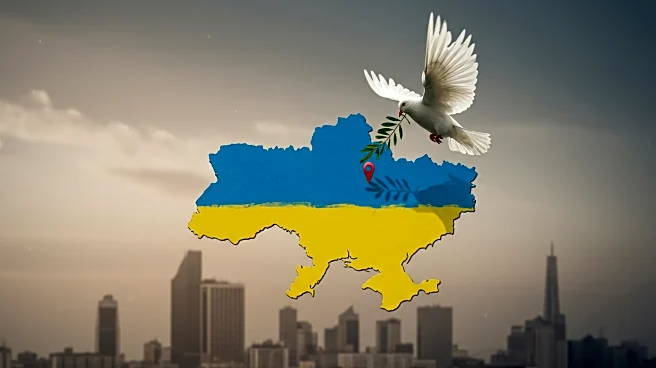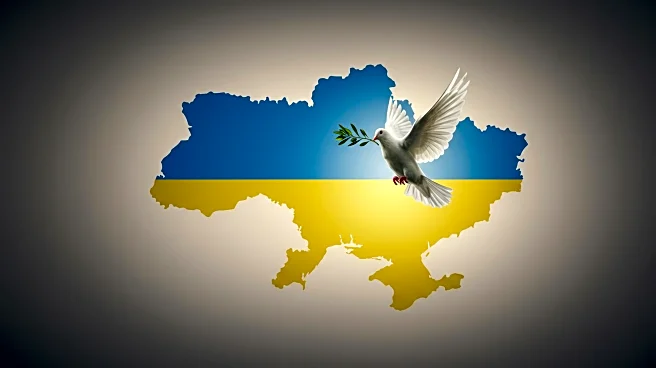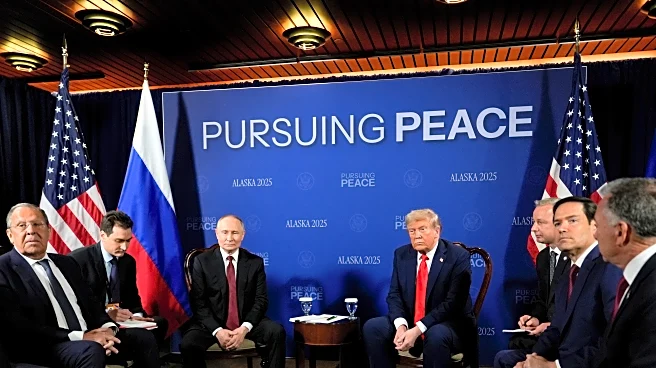What's Happening?
President Trump has shifted his stance on the Ukraine conflict, advocating for a direct peace agreement with Russia, bypassing a ceasefire. This change comes ahead of Ukrainian President Volodymyr Zelensky's visit to Washington, D.C. Trump, after a summit with Russian President Vladimir Putin, suggested that ceasefires often fail and a permanent peace deal would be more effective. Zelensky, however, emphasized the need for a ceasefire and outlined conditions for peace, including security guarantees and the return of abducted children. The situation remains complex as Russia continues to resist ceasefire calls, complicating peace efforts.
Why It's Important?
Trump's new approach could significantly impact the dynamics of the Ukraine conflict and U.S. foreign policy. By pushing for a direct peace deal, Trump aims to expedite the resolution process, potentially altering the geopolitical landscape in Eastern Europe. However, this strategy may face resistance from Ukraine and its allies, who prioritize a ceasefire as a precursor to negotiations. The outcome of these discussions could influence U.S.-Russia relations and the broader international response to the conflict.
What's Next?
Zelensky's upcoming visit to the White House will be crucial in determining the next steps in the peace process. The 'coalition of the willing,' including the UK, France, and Germany, is set to discuss their support for Ukraine. The international community will closely watch these developments, as any agreement could set a precedent for conflict resolution strategies in similar geopolitical situations.












